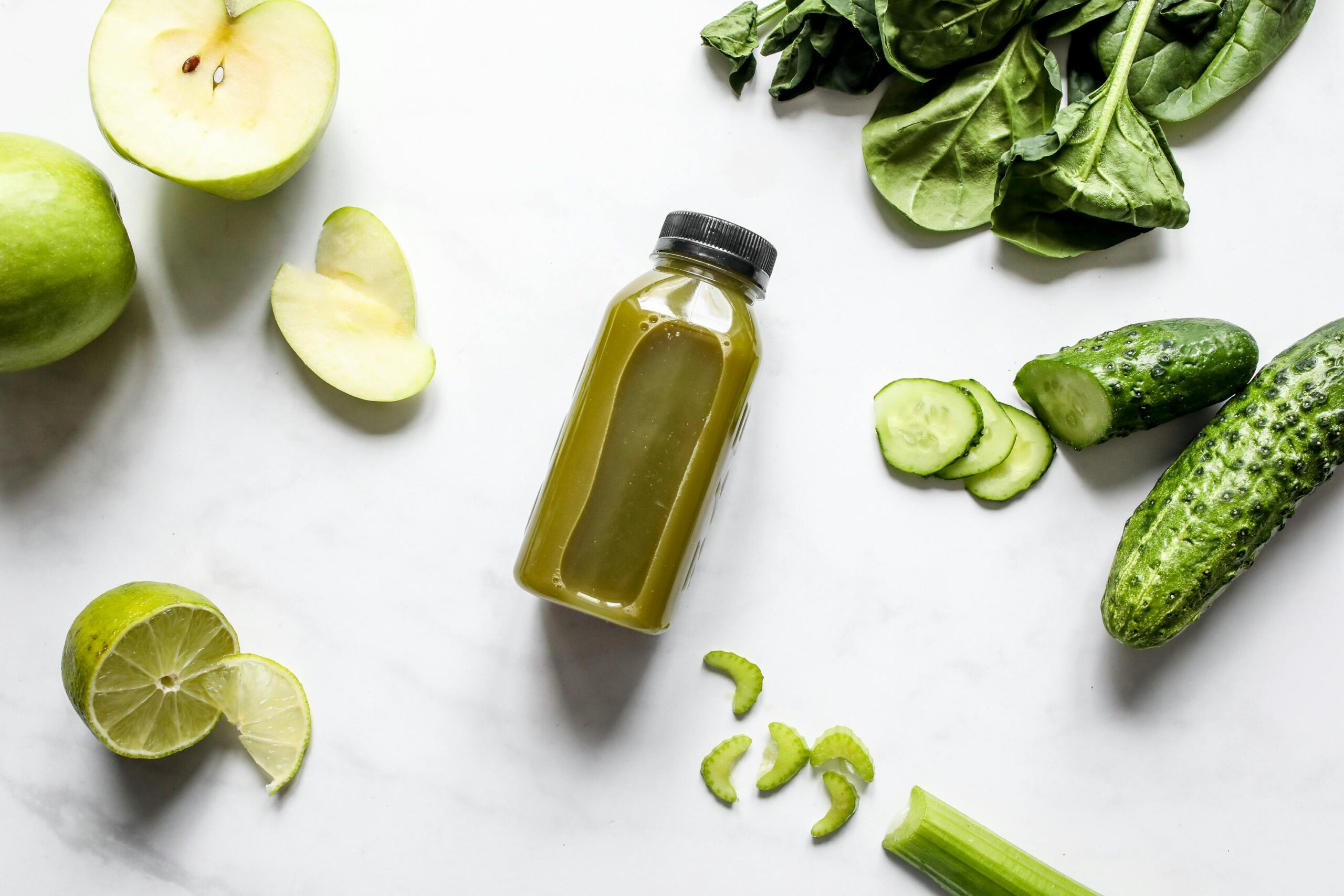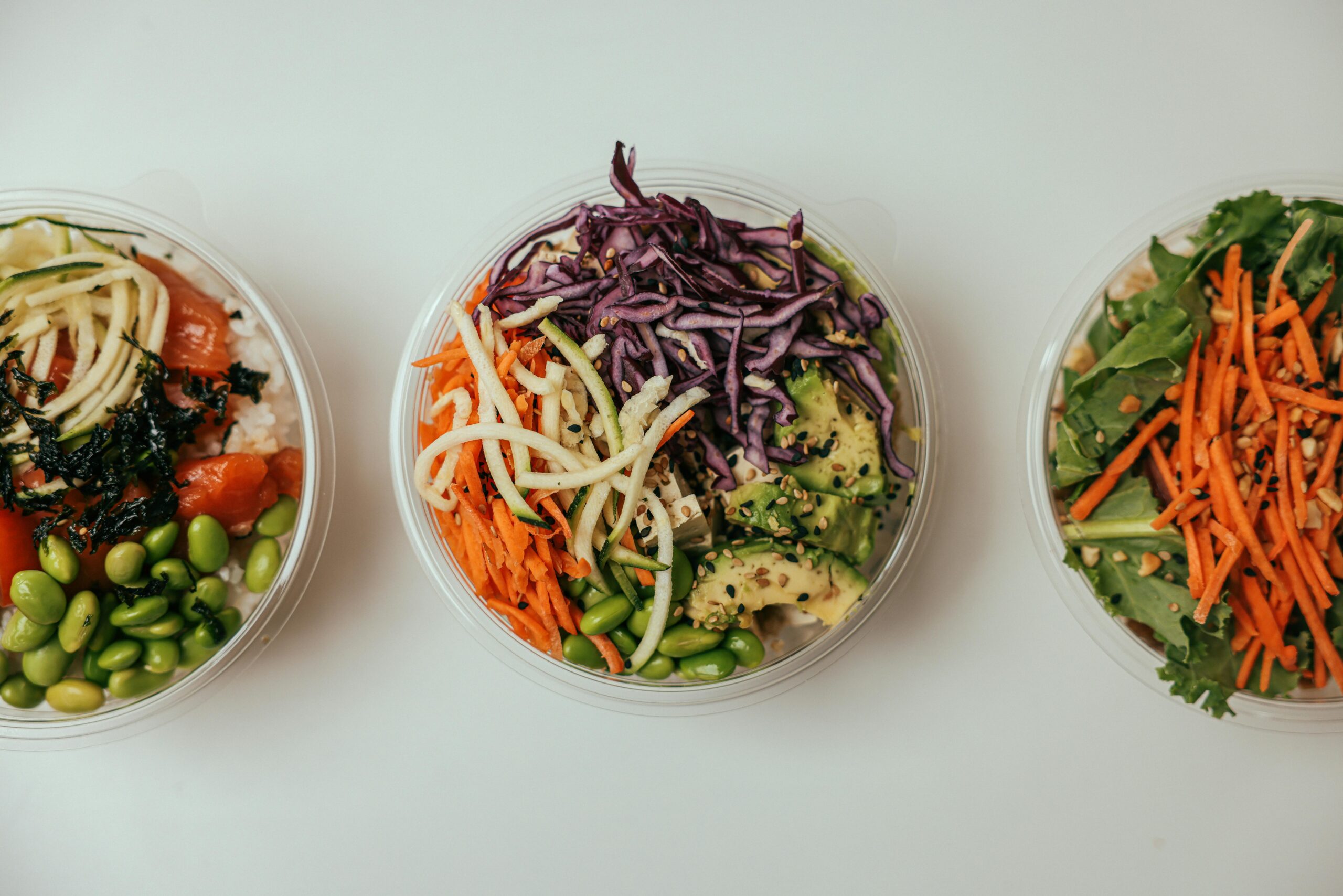You’ve seen them everywhere – those vibrant green concoctions promising to transform your health overnight. From Instagram influencers to your yoga-loving neighbor, everyone seems to be sipping on something that looks like liquid chlorophyll. But here’s the million-dollar question: Do green juices detox your body, or are we all just drinking expensive lawn clippings?
Let me spill the tea (or should I say, the juice?) on what science tells us about green juices and detoxification. Spoiler alert: it’s more nuanced than those flashy detox programs would have you believe.
The Science Behind Your Body’s Natural Detox System
Before we dive into the green stuff, let’s talk about what detoxification means. Your body is a sophisticated waste management system that never takes a day off. Your liver, kidneys, lungs, and skin are working 24/7 to filter out toxins, metabolic waste, and everything else your body doesn’t need.
Think of your liver as the ultimate bouncer at an exclusive club – it decides what gets in and what gets kicked out. This powerhouse organ processes everything from alcohol to medications, breaking down harmful substances and converting them into water-soluble compounds that your body can eliminate.
Here’s where it gets interesting: Your body doesn’t need a special juice to detox. It’s been doing this job perfectly fine since, well, forever. However – and this is a big however – certain nutrients can support these natural processes and help your detox organs work more efficiently.
What Makes Green Juices “Detoxifying”?
Let’s break down the heavy hitters in your typical green juice and what science says about their detox potential:
Chlorophyll: The Green Goddess
Chlorophyll is what makes plants green, and it’s often called “plant blood” because of its similar structure to hemoglobin. Some studies suggest that chlorophyll can help bind to certain toxins and heavy metals, potentially aiding in their elimination. While the research is still emerging, chlorophyll does show promise as a natural detoxifier.
Antioxidants: Your Cellular Bodyguards
Green vegetables are packed with antioxidants like vitamin C, vitamin E, and beta-carotene. These compounds neutralize free radicals – those unstable molecules that can damage your cells and contribute to aging and disease. Think of antioxidants as your body’s personal security team, constantly patrolling for troublemakers.
Fiber: The Unsung Hero
When you juice vegetables, you’re removing most of the fiber, which is one of the most important components for detoxification. Fiber helps bind to toxins in your digestive system and escorts them out of your body. This is why many nutrition experts recommend blending instead of juicing.
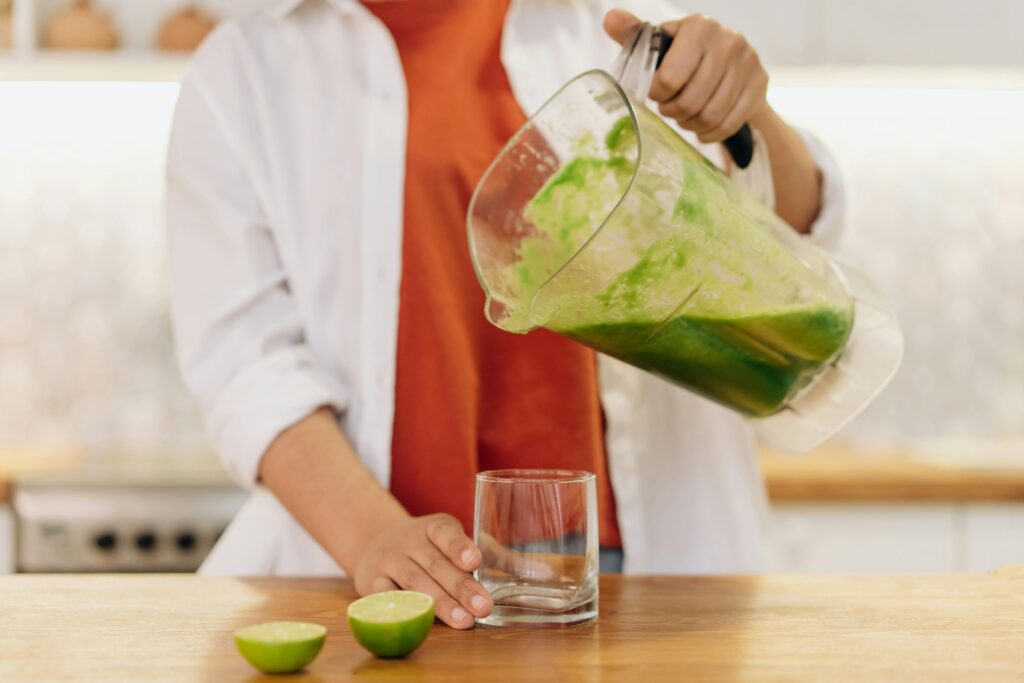
The Top 12 Green Ingredients That Work
Based on scientific research, here are the green juice ingredients that pack the most detoxifying punch:
1. Kale: The Nutritional Powerhouse
This leafy green is loaded with sulforaphane, a compound that activates your body’s natural detox enzymes. Studies show that sulforaphane can boost your liver’s ability to process toxins by up to 200%.
2. Spinach: Iron-Rich and Alkalizing
Spinach is rich in folate and iron, both essential for healthy blood production and oxygen transport. It also contains glutathione, often called the “master antioxidant.”
3. Cucumber: The Hydration Hero
While not the most nutrient-dense, cucumber is excellent for hydration and contains silica, which supports healthy skin and connective tissues.
4. Celery: The Sodium Balancer
Celery contains natural sodium that helps balance electrolytes and supports kidney function. It’s also rich in phthalides, compounds that may help lower blood pressure.
5. Parsley: The Kidney Cleanser
This herb is a natural diuretic that supports kidney function and contains apigenin, a flavonoid with anti-inflammatory properties.
6. Cilantro: The Heavy Metal Magnet
Some studies suggest that cilantro can help bind to heavy metals like mercury and lead, though more research is needed to confirm these effects in humans.
7. Broccoli: The Liver Supporter
Rich in indole-3-carbinol and sulforaphane, broccoli supports phase II liver detoxification – the process that makes toxins water-soluble for elimination.
8. Swiss Chard: The Mineral Powerhouse
Packed with magnesium, potassium, and iron, Swiss chard supports multiple detox pathways and helps maintain proper electrolyte balance.
9. Wheatgrass: The Chlorophyll King
While trendy, wheatgrass is genuinely high in chlorophyll and contains superoxide dismutase, an enzyme that helps neutralize free radicals.
10. Arugula: The Peppery Protector
This spicy green contains erucin, a compound that may help protect against environmental toxins and support liver health.
11. Watercress: The Antioxidant All-Star
Watercress has one of the highest antioxidant scores of any vegetable and contains phenethyl isothiocyanate, which may help detoxify carcinogens.
12. Dandelion Greens: The Liver Lover
These bitter greens are traditionally used to support liver and kidney function, and they’re rich in potassium and vitamin K.
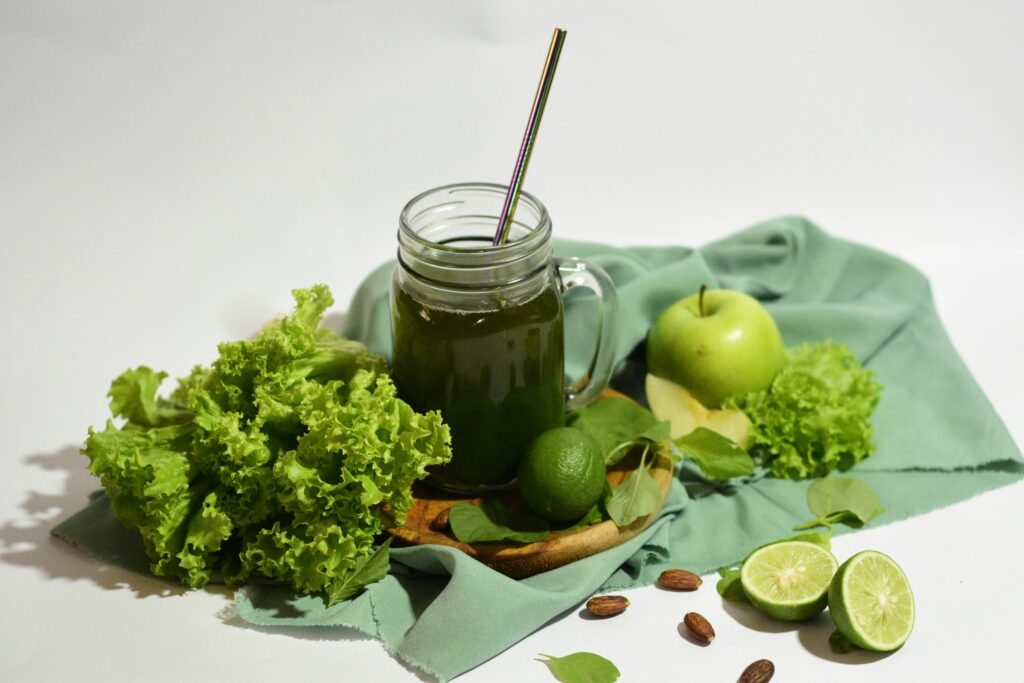
The Science-Backed Benefits of Green Juices
Enhanced Nutrient Absorption
When you juice vegetables, you’re creating a concentrated source of vitamins and minerals that your body can absorb quickly. This is particularly beneficial for people with digestive issues or those who struggle to eat enough vegetables.
Increased Vegetable Intake
Let’s be honest – most Americans don’t eat enough vegetables. Green juices can help bridge this gap, providing a convenient way to boost your daily vegetable intake.
Hydration Support
Many green juices are naturally hydrating, which supports kidney function and helps your body eliminate waste products more efficiently.
Alkalizing Effects
Green vegetables are naturally alkalizing, which may help balance your body’s pH levels. While your body tightly regulates pH, eating more alkaline foods can reduce the burden on your kidneys.
What Science Doesn’t Support
Now for the reality check. Here’s what the research doesn’t support about green juice detoxes:
Miraculous Toxin Elimination
There’s no scientific evidence that green juices can remove specific toxins from your body any better than your natural detox organs already do.
Rapid Weight Loss
While you might lose weight on a juice cleanse, it’s mostly water weight and will return once you resume normal eating.
Disease Prevention Claims
While green vegetables are associated with better health outcomes, there’s no evidence that green juices alone can prevent cancer or other diseases.
Addiction to Toxins
The idea that you’re “addicted” to toxins and need a special cleanse is not supported by science. Your body doesn’t store toxins the way these programs claim.
The Green Juice Nutrition Breakdown
| Nutrient | Typical Amount per 8oz | Benefits |
| Vitamin C | 60-120mg | Antioxidant support, immune function |
| Vitamin K | 200-400mcg | Blood clotting, bone health |
| Folate | 40-80mcg | DNA synthesis, red blood cell formation |
| Iron | 2-4mg | Oxygen transport, energy production |
| Potassium | 300-600mg | Electrolyte balance, heart health |
| Magnesium | 20-40mg | Muscle function, nervous system support |
| Chlorophyll | 10-20mg | Potential detox support, antioxidant |
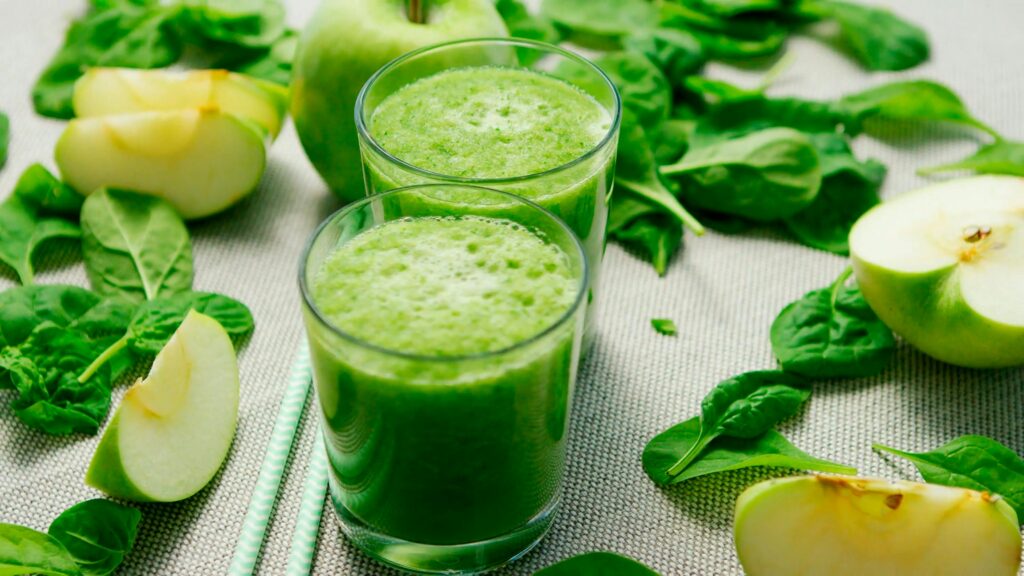
DIY Green Juice Recipes That Work
The Liver Lover
- 2 cups kale
- 1 cucumber
- 1 lemon (juiced)
- 1-inch piece of ginger
- 1 cup parsley
This combination provides sulforaphane from kale, hydration from cucumber, and vitamin C from lemon to support liver function.
The Kidney Cleanser
- 2 cups spinach
- 2 stalks of celery
- 1 cucumber
- 1/2 cup cilantro
- 1 green apple
The natural diuretic properties of celery and parsley support kidney function, while the apple adds natural sweetness.
The Antioxidant Blast
- 1 cup watercress
- 1 cup Swiss chard
- 1 cucumber
- 1 lemon
- 1-inch piece of fresh turmeric
This recipe maximizes antioxidant content while providing anti-inflammatory benefits from turmeric.
The Alkalizing Green
- 2 cups spinach
- 1 cup broccoli (blanched)
- 1 cucumber
- 1 lime
- Fresh mint
This combination helps balance pH levels while providing crucial nutrients for detoxification.
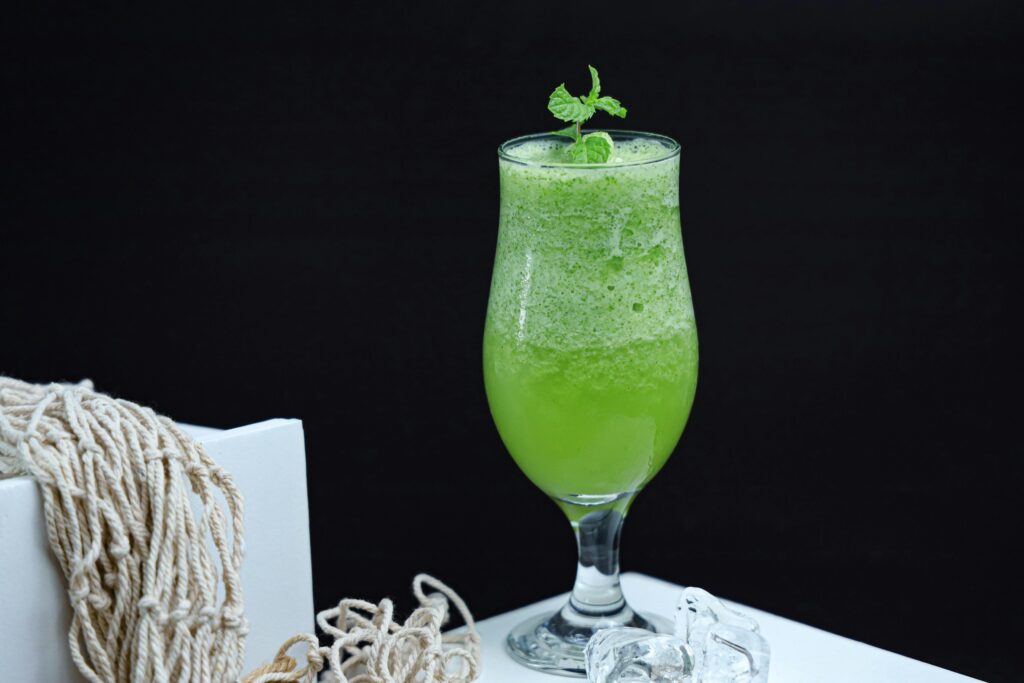
The Smart Way to Incorporate Green Juices
Timing Matters
The best time to drink green juice is on an empty stomach in the morning, about 30 minutes before breakfast. This allows for optimal nutrient absorption and gives your digestive system a gentle wake-up call.
Quality Over Quantity
Rather than drinking massive amounts of juice, focus on quality ingredients. Organic vegetables are preferable to reduce exposure to pesticides, especially for the “dirty dozen” vegetables.
Don’t Replace Meals
Green juices should supplement, not replace, whole foods. Your body needs fiber, protein, and healthy fats that juice alone can’t provide.
Listen to Your Body
If you experience digestive upset, headaches, or fatigue, you might be drinking too much juice too quickly. Start with smaller amounts and gradually increase.
The Economics of Green Juicing
Let’s talk money, because those fancy juice bars aren’t cheap. Here’s the breakdown:
Store-Bought vs. Homemade
- Store-bought: $6-12 per 16oz bottle
- Homemade: $2-4 per 16oz serving
Equipment Investment
- Basic juicer: $50-150
- High-end juicer: $200-400
- Blender alternative: $30-200
Cost-Saving Tips
- Buy vegetables in season
- Shop at farmers’ markets
- Use the whole vegetable (stems, leaves)
- Prep vegetables in batches
Who Should (and Shouldn’t) Drink Green Juices
Good Candidates for Green Juicing:
- People who struggle to eat enough vegetables
- Those with digestive issues that make eating raw vegetables difficult
- Athletes need quick nutrient replenishment
- Anyone looking to increase their nutrient intake
Exercise Caution If You:
- Take blood-thinning medications (high vitamin K content)
- Have kidney problems (high potassium content)
- Are diabetic (natural sugars can affect blood sugar)
- Have a history of eating disorders
Avoid If:
- You’re pregnant or breastfeeding without medical supervision
- You have severe kidney disease
- You’re taking certain medications that interact with high vitamin K foods
The Environmental Impact
Here’s something most people don’t consider: the environmental impact of your green juice habit.
Water Usage
It takes about 1-2 cups of vegetables to make 8 ounces of juice, which means significant water usage for growing these crops.
Food Waste
The pulp left over from juicing can be composted or used in cooking, but many people throw it away, contributing to food waste.
Packaging
Store-bought juices often come in plastic bottles or glass containers that require energy to produce and transport.
Sustainable Solutions
- Grow your greens (even herbs on a windowsill help)
- Use pulp in smoothies, soups, or compost
- Choose local, seasonal vegetables
- Invest in a good juicer to reduce packaging waste
The Future of Green Juice Research
The scientific community is increasingly interested in the health benefits of green vegetables and their concentrated forms. Current research is focusing on:
Bioavailability Studies
Scientists are studying how well our bodies absorb nutrients from juice versus whole vegetables.
Microbiome Effects
Research is exploring how green juices affect gut bacteria and overall digestive health.
Chronic Disease Prevention
Long-term studies are examining whether regular green juice consumption can reduce the risk of chronic diseases.
Personalized Nutrition
Future research may lead to personalized green juice recommendations based on individual genetic profiles and health needs.
Frequently Asked Questions
Q: How much green juice should I drink daily?
A: Start with 4-8 ounces per day and gradually increase to no more than 16 ounces daily. More isn’t always better, especially if you’re not eating whole vegetables too.
Q: Can green juices replace my multivitamin?
A: While green juices are nutrient-dense, they shouldn’t replace a balanced diet or necessary supplements. They’re best used as a complement to, not a replacement for, proper nutrition.
Q: Is it better to juice or blend vegetables?
A: Both have benefits. Juicing provides concentrated nutrients that are easily absorbed, while blending retains fiber, which is important for digestion and detoxification.
Q: How long can I store fresh green juice?
A: Fresh juice is best consumed immediately, but can be stored in the refrigerator for up to 24 hours in an airtight container. Freezing is not recommended as it affects taste and nutrient content.
Q: Can green juices help with weight loss?
A: Green juices are low in calories and can be part of a weight loss plan, but they’re not magic bullets. Sustainable weight loss requires a balanced diet and regular exercise.
Q: Are there any side effects to drinking green juice?
A: Some people may experience digestive upset, especially when starting. The high vitamin K content can interfere with blood-thinning medications. Always consult your healthcare provider if you have concerns.
Q: Do I need to buy organic vegetables for juicing?
A: While organic is ideal, it’s not essential. If budget is a concern, prioritize organic for the “dirty dozen” vegetables that typically have higher pesticide residues.
Q: Can children drink green juices?
A: Yes, but in smaller amounts and with attention to their overall diet. Children need a variety of nutrients that whole foods provide better than juice alone.
Q: What’s the best time of day to drink green juice?
A: Morning on an empty stomach is ideal for nutrient absorption, but any time works. Some people prefer it as an afternoon energy boost.
Q: How do I make green juice taste better?
A: Add small amounts of fruit like green apple, lemon, or lime. Ginger and mint can also improve flavor. Gradually reduce fruit as your taste buds adjust.
The Bottom Line: Science-Based Recommendations
After sifting through the research, here’s what science supports about green juices for detox:
The Good:
- Green juices can increase your vegetable intake
- They provide concentrated nutrients that are easily absorbed
- Certain compounds in green vegetables do support your body’s natural detox processes
- They’re hydrating and can help balance electrolytes
The Reality Check:
- Your body doesn’t need special juices to detox
- Green juices can’t remove specific toxins or cure diseases
- They’re not necessary for good health if you eat plenty of whole vegetables
- Many claims about green juice detoxes are not supported by science
The Smart Approach:
- Use green juices as a supplement to, not a replacement for, whole vegetables
- Focus on quality ingredients and proper preparation
- Listen to your body and adjust intake accordingly
- Don’t fall for extreme detox claims or expensive programs
Your Green Juice Action Plan
Ready to add some science-backed green nutrition to your routine? Here’s your step-by-step plan:
- Start Small: Begin with 4-6 ounces of green juice daily
- Choose Quality: Invest in a good juicer or find a reputable juice bar
- Mix It Up: Rotate different green vegetables to maximize nutrient variety
- Time It Right: Drink on an empty stomach for best absorption
- Stay Balanced: Don’t replace meals or whole vegetables with juice
- Track Your Response: Pay attention to how your body feels and adjust accordingly
Remember, the best detox program is the one your body already runs naturally. Green juices can be a delicious and nutritious way to support this process, but they’re not magic bullets. Focus on overall healthy eating, regular exercise, adequate sleep, and stress management for the best results.
The green juice trend isn’t going anywhere, and now you have the science to separate fact from fiction. Whether you’re a green juice convert or a skeptic, the key is finding what works for your body and your lifestyle. After all, the best nutrition plan is the one you can stick with long-term.
So, what’s your take? Are you ready to give green juices a science-based try, or are you sticking with whole vegetables? Either way, your body will thank you for the extra nutrition.
Ready to transform your health naturally? Start with one green juice recipe this week and see how your body responds. Your liver, kidneys, and taste buds might just thank you for it. Share your favorite green juice combination in the comments below!





